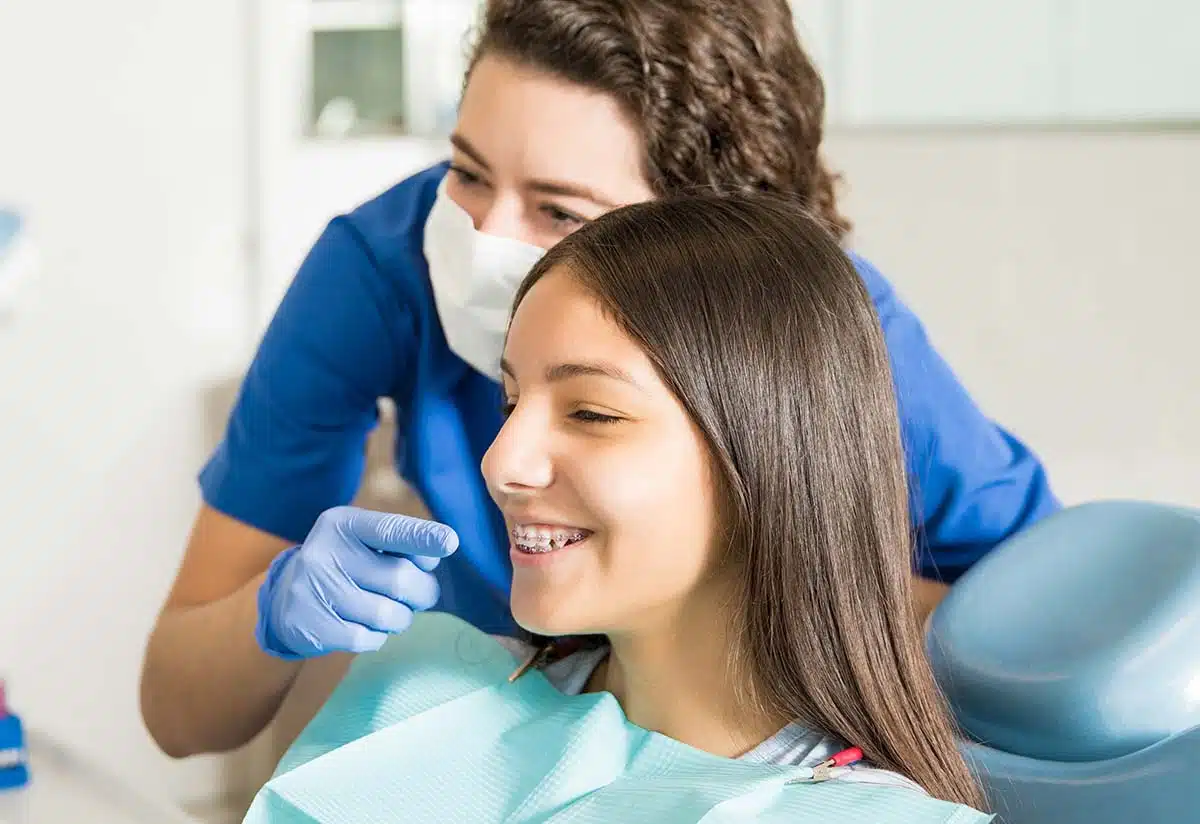At Elara Orthodontics, serving both Richmond and Houston, Texas, we often encounter patients curious about the Elara Orthodontics treatment for them. The choice between traditional braces and Invisalign is a significant decision and varies based on individual needs and preferences. This article delves into the perspectives of orthodontists in choosing the most suitable treatment for their patients. We’ll explore the advantages and considerations of both braces and Invisalign, shedding light on why orthodontists might prefer one over the other in different scenarios.
Overview of Braces and Invisalign
Braces have long been the standard in orthodontic treatment, known for their effectiveness in treating a wide range of dental misalignments. They consist of metal brackets attached to the teeth, connected by wires that are periodically tightened to gradually move the teeth into the desired position. On the other hand, Invisalign, a modern approach to orthodontics, offers a discreet alternative. These clear aligners are custom-made, fitting snugly over the teeth and are virtually invisible, making them a popular choice among adults and teens alike. Both braces and Invisalign have their unique benefits, which are considered in detail on our Invisalign and Braces pages.
See also: Cost of Invisalign in Houston Texas
Orthodontists’ Preference: Factors and Considerations
When deciding between braces and Invisalign, orthodontists at Elara Orthodontics consider several factors. The complexity of the dental issue is paramount. Traditional braces are often preferred for more complex cases or when more precise tooth movement is necessary. Invisalign, while versatile, may be better suited for less complex cases or for patients prioritizing aesthetics and comfort.
Patient lifestyle and compliance also play a significant role. Invisalign requires discipline, as the aligners must be worn for 22 hours a day and can be removed for eating and cleaning. This flexibility is advantageous for some but can be a drawback for those who might forget to wear them consistently.
Additionally, the age of the patient is a consideration. While Invisalign is popular among adults and teenagers, traditional braces might be more effective for younger patients who require more significant dental adjustments.
Comparative Analysis: Effectiveness and Patient Experience
Effectiveness and patient experience are crucial in comparing braces and Invisalign. Braces are highly effective for a wide range of orthodontic issues, including complex bite problems. They are continuously at work, leading to consistent pressure and, often, more predictable outcomes. In contrast, Invisalign aligners offer a level of convenience and aesthetics that braces cannot. They are particularly favored by adults and teens in Richmond and Houston for their discreet nature.
Patient experience also varies significantly. Braces may cause discomfort due to the wires and brackets and require dietary adjustments. Invisalign aligners, being removable, allow for easier eating and dental hygiene but demand high compliance for effectiveness.
Each treatment’s duration varies based on individual cases, with traditional braces sometimes requiring a longer treatment period. Details on the effectiveness of each can be found on our specialized pages for Invisalign and Braces.
See also: Invisalign vs. Braces
Conclusion: Making the Right Choice
Choosing between braces and Invisalign is a decision that should be made after thorough consultation with an experienced orthodontist. At Elara Orthodontics, we consider each patient’s unique dental needs, lifestyle, and treatment goals. Our commitment is to provide personalized care that ensures the best outcomes for our patients in Richmond and Houston, Texas. Whether it’s traditional braces or Invisalign, our team is dedicated to helping you achieve a beautiful, healthy smile. For more information and to schedule a consultation, visit our Contact page.

